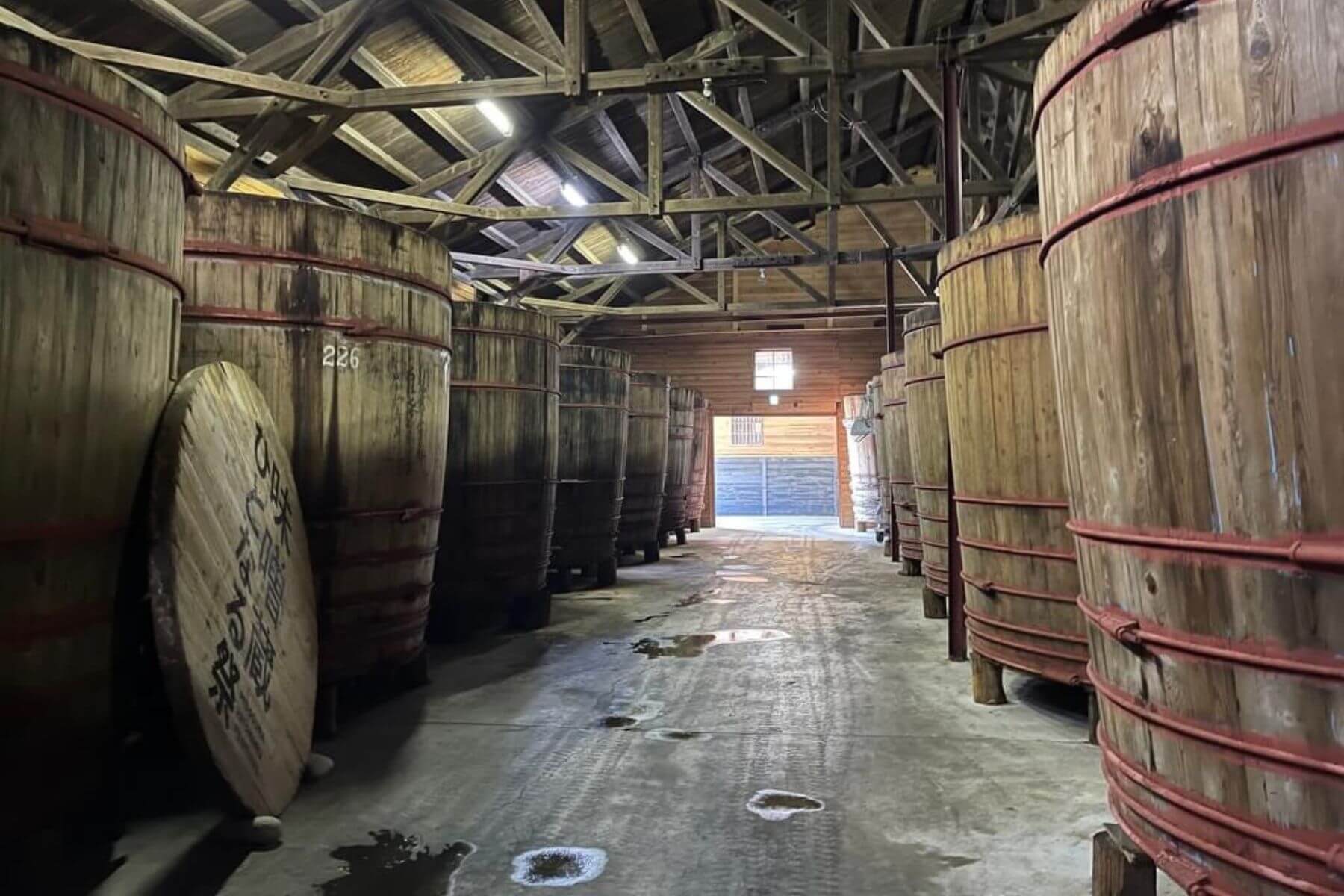
Why It Is Important to Preserve the Tradition of Wooden Barrels
There are flavors that only kioke can create. There is culture that only kioke can preserve. Whether it survives depends on us—right now.If this message resonates with you, we encourage you to choose products made using kioke. Every purchase helps sustain the work of artisans, carry forward this heritage, and protect the future. Buying is a form of support. Join us in safeguarding the taste and craft of Japan.
"Washoku" (Japanese cuisine) is a source of national pride and has been recognized by UNESCO as an Intangible Cultural Heritage.
The essential seasonings of Washoku—soy sauce, miso, sake, and mirin—are now familiar terms even in everyday life abroad. These seasonings have been actively produced in Japan since as early as the Edo period (1603–1868).
Despite waves of mechanization and mass production after World War II, many breweries have continued to uphold traditional methods, carefully crafting ingredients in cedar-wood vats and passing their techniques down through generations.
However, we must not overlook the reality that traditionally made products account for less than 1% of total domestic production and distribution today.
Our mission is to build a commercial channel that connects these traditional breweries directly with customers overseas. By delivering their products straight to consumers, we aim to support the artisans, promote health, and raise awareness of Japan’s rich food and cultural heritage—continuing to create better lives for everyone involved.
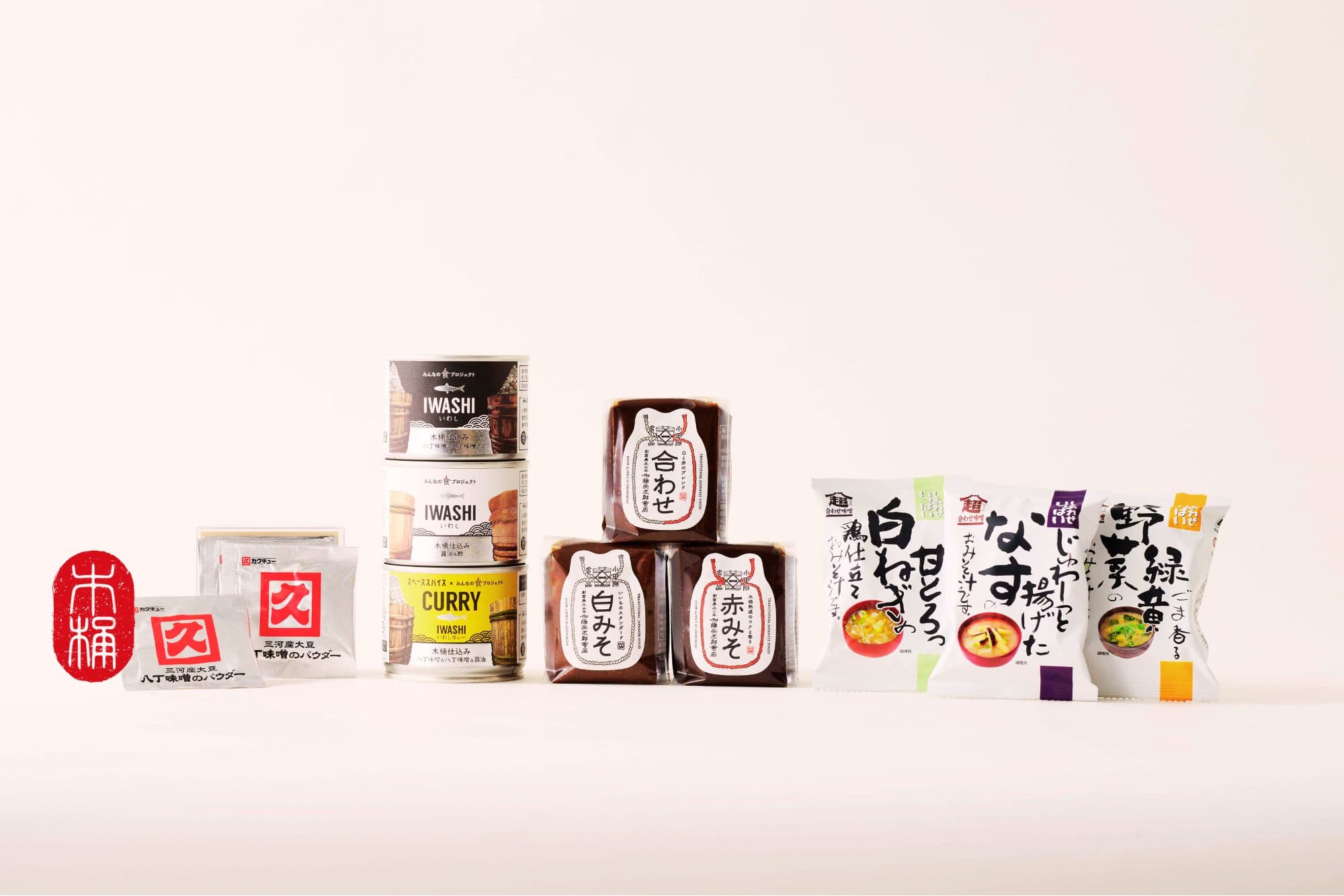
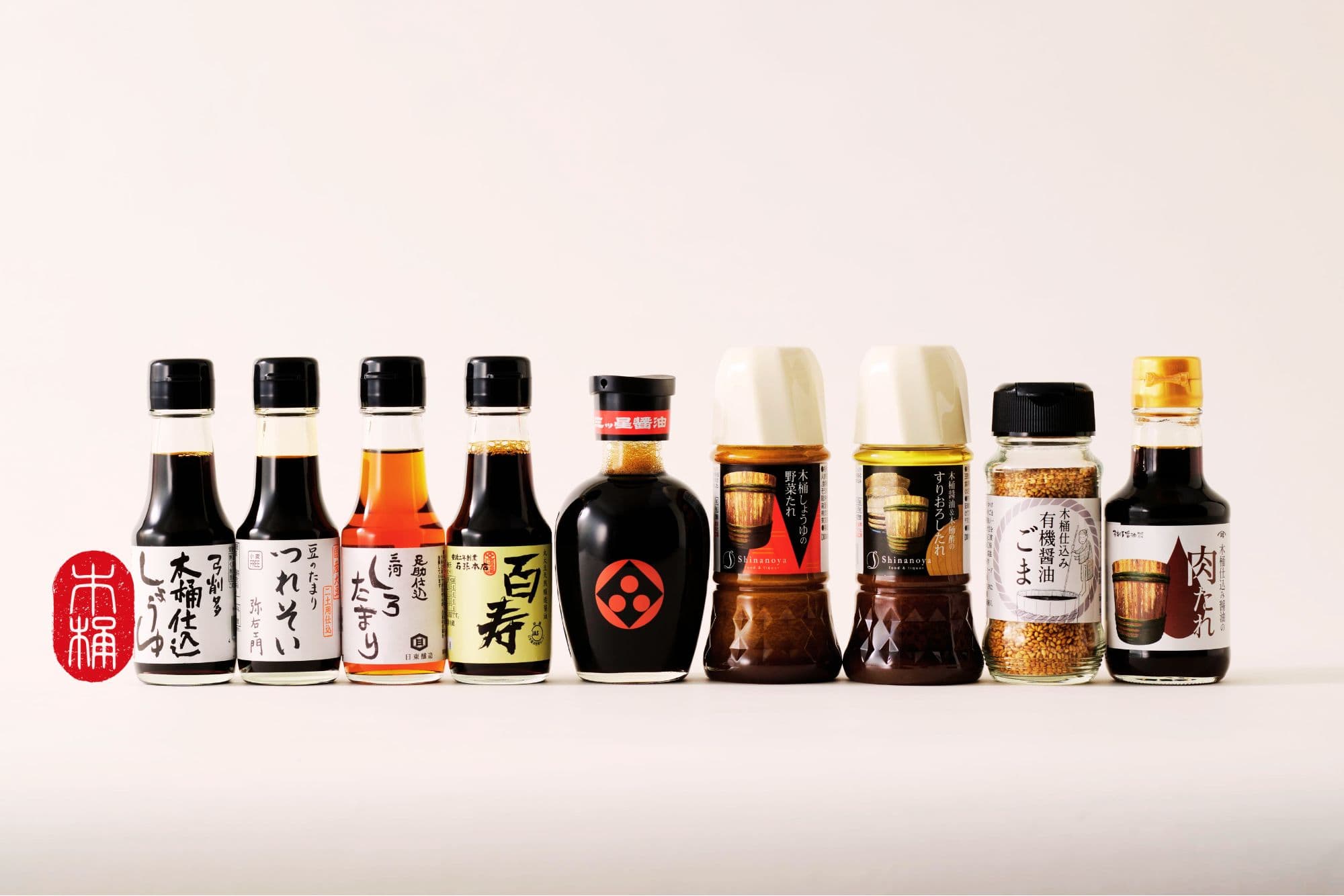
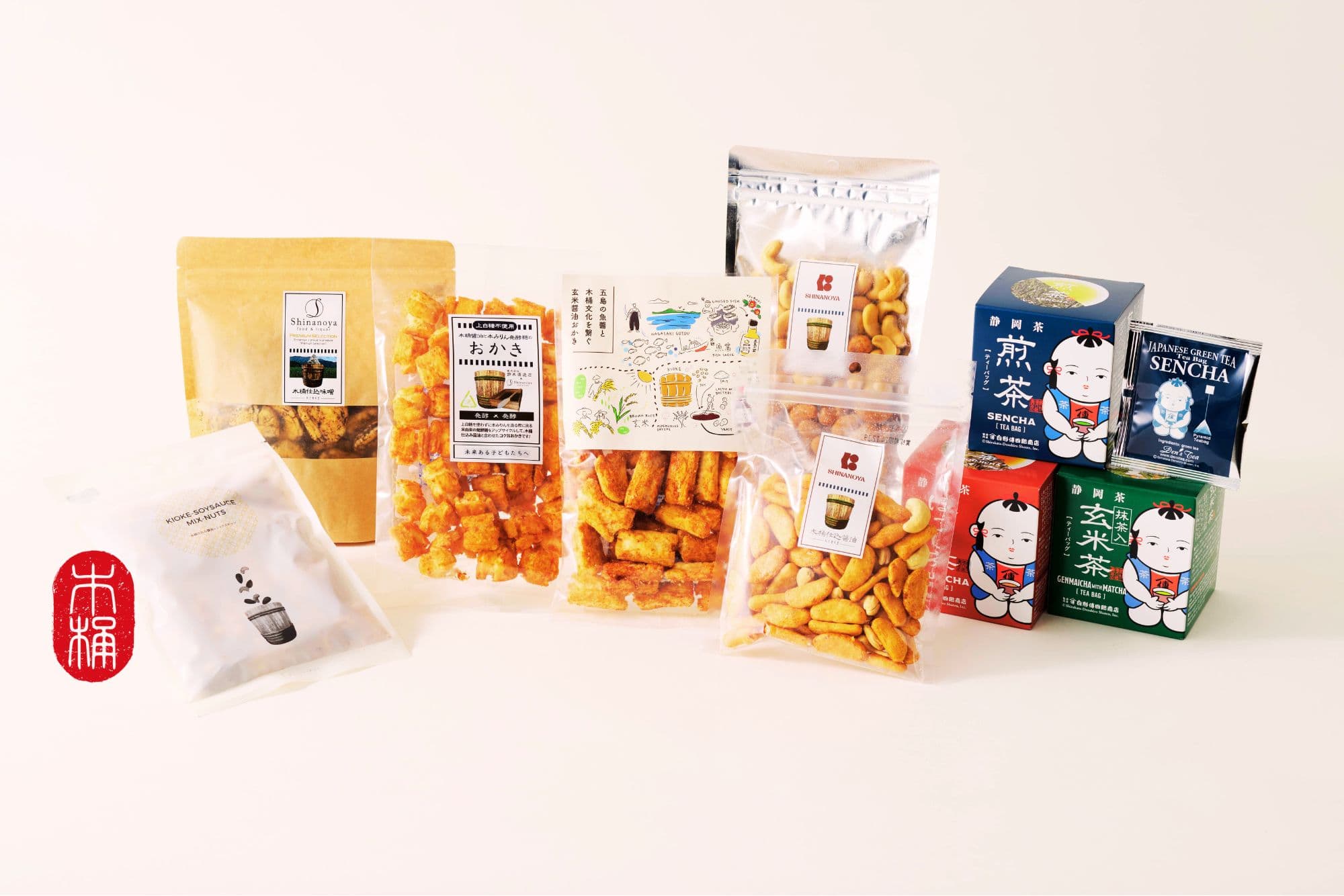
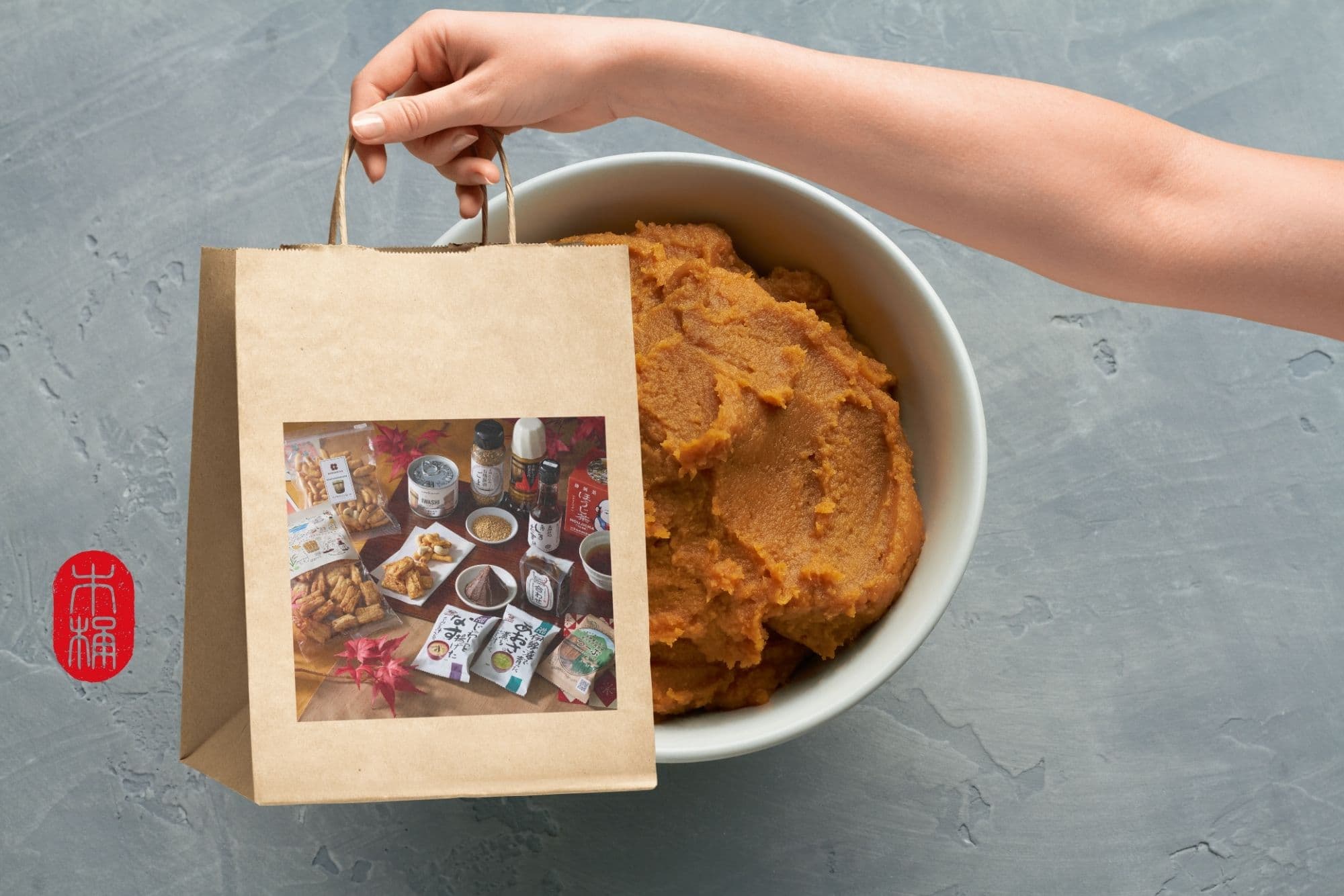
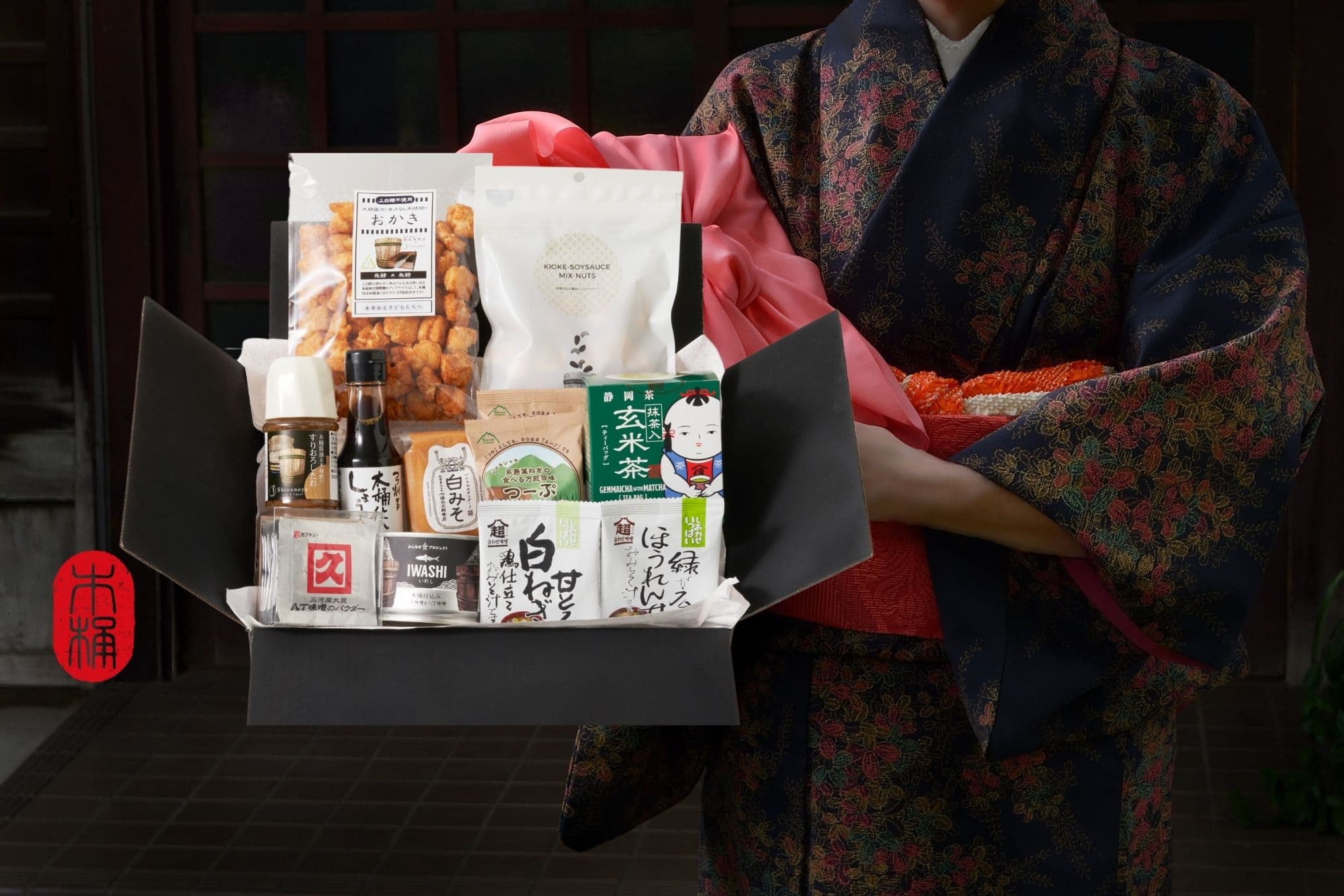
KIOKE History
-

History
Wooden Barrel-Made Miso and Soy Sauce became major industries in Japan during the Sengoku period (15th–16th century).
During this era of civil war and social unrest across Japan, the most powerful warlords—Oda Nobunaga, Toyotomi Hideyoshi, and Tokugawa Ieyasu—all prioritized the production of miso. Not only does miso not spoil easily, but it is also highly nutritious, making it ideal for feeding soldiers during wartime. -

Magic
Wooden barrels are handcrafted from cedar wood that is over 100 years old. They are skillfully assembled without the use of glue or nails, using hoops woven from bamboo, known as taga.
Over time, these barrels gradually and reliably foster a unique ecosystem of microorganisms known as “house yeast,” specific to each brewery or fermentation cellar. The ecological balance of these house yeasts differs from one brewery to another, giving rise to distinct and complex flavors. -

Future
As modernization progressed, wooden barrels—despite being the most ideal material—were gradually replaced by plastic and stainless steel containers.
As a result, less than 1% of production now uses wooden barrels, and it is said that only about 3,000 to 4,000 of them are still in use today. Choosing wooden barrels means supporting those who are carrying this tradition into the future.
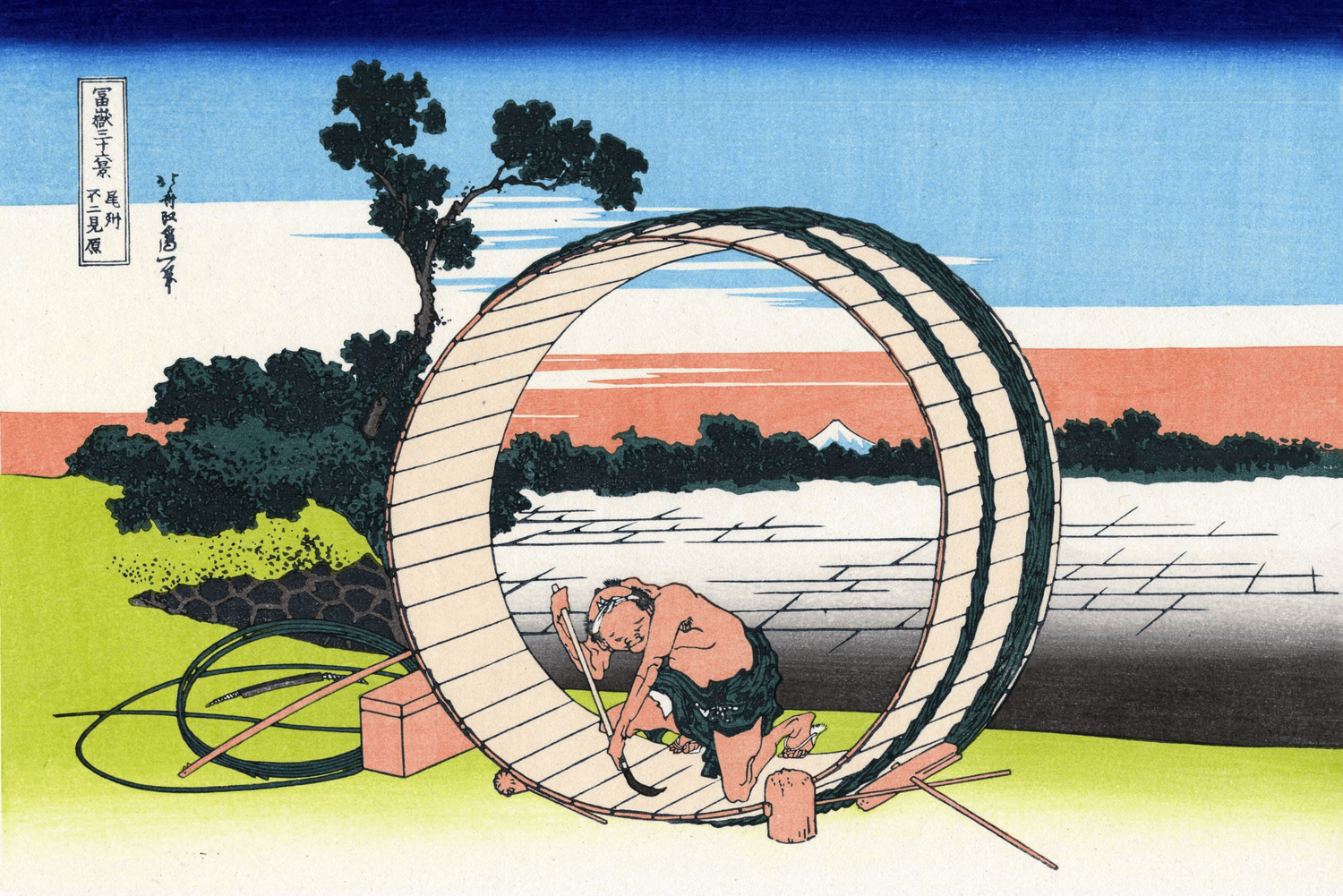
Thirty-six Views of Mount Fuji: Bishū Fujimigahara
Hokusai Katsushika (1760-1849)
A craftsman is working single-mindedly on a large vat. Through the tub, Fuji can be seen in the distance. The combination of the large circle and the small triangle is bold and eccentric.
Where to shop within Japan
-

Shinanoya Roppongi Hills store
WebsiteLocation
Roppongi Hills Gate Tower, 6-11-1 Roppongi, Minato-ku, Tokyo
Access
Approximately 4 minutes walk from Exit 7 of Azabu-Juban Station on the Toei Subway Oedo Line
Opening times
9:00~23:00 -

Shinanoya CASK store
WebsiteLocation
Roppongi Hills Gate Tower, 6-11-1 Roppongi, Minato-ku, Tokyo
Access
Approximately 4 minutes walk from Exit 7 of Azabu-Juban Station on the Toei Subway Oedo Line
Opening times
9:00~23:00





